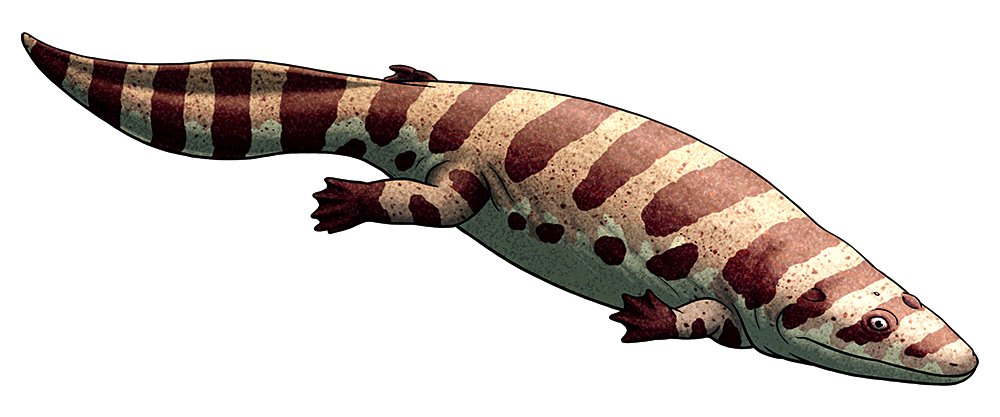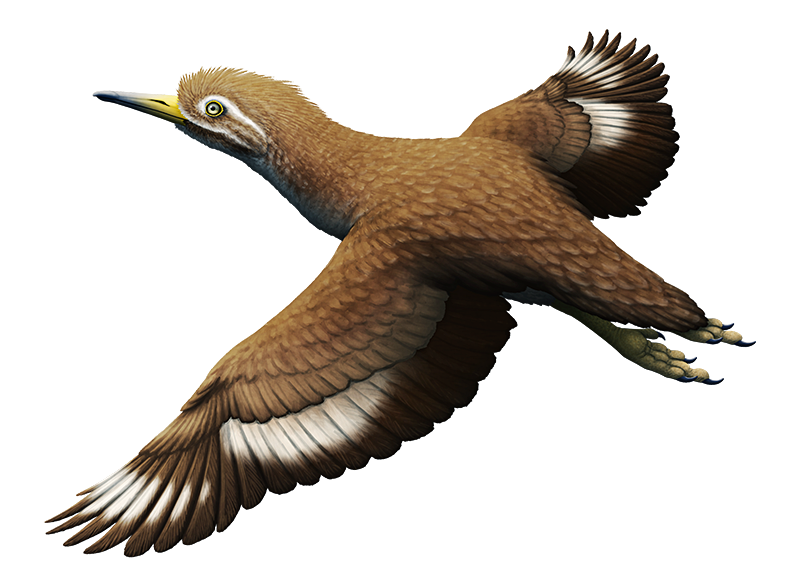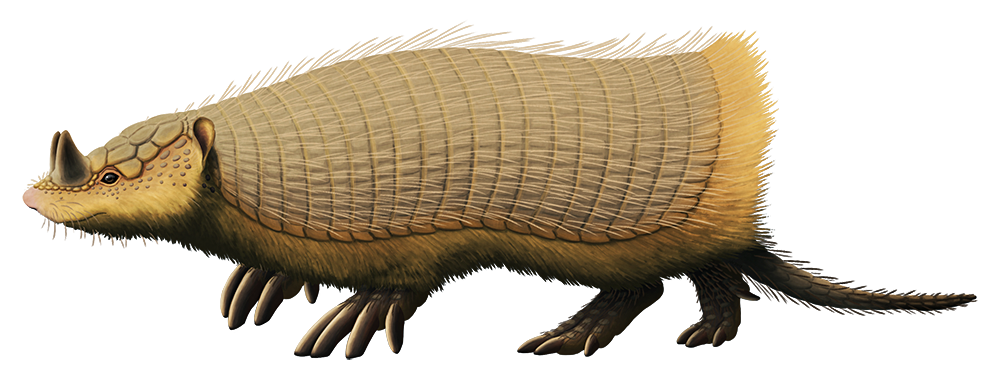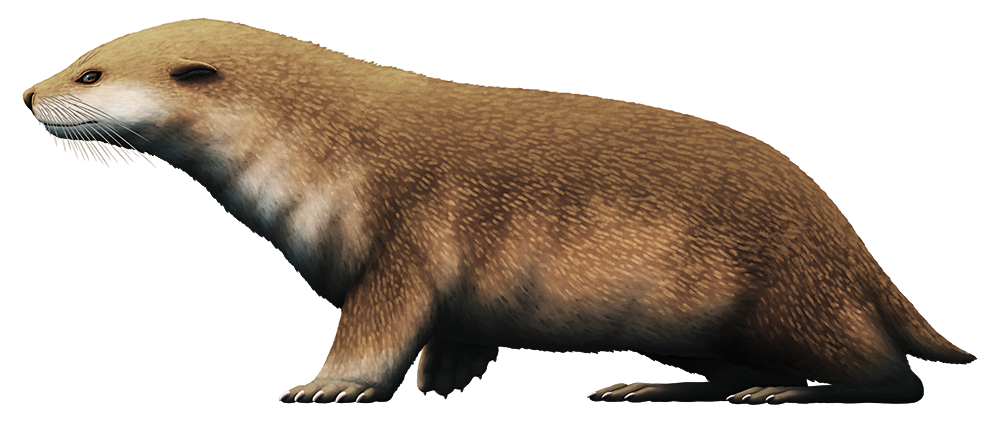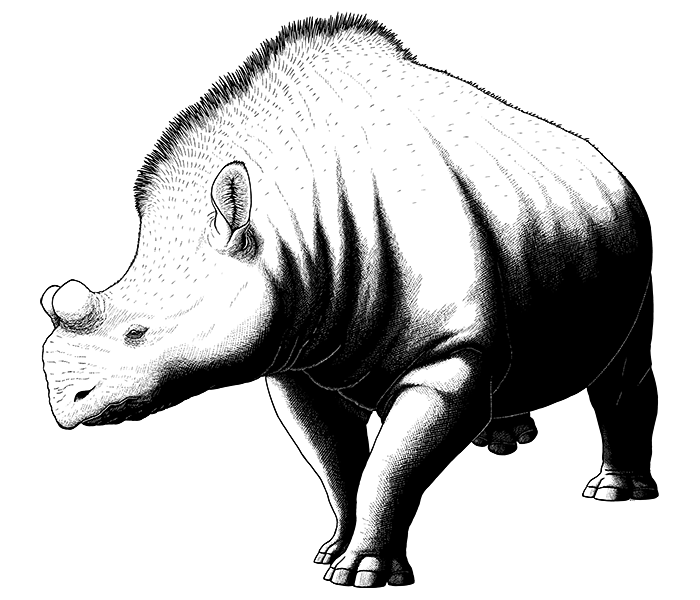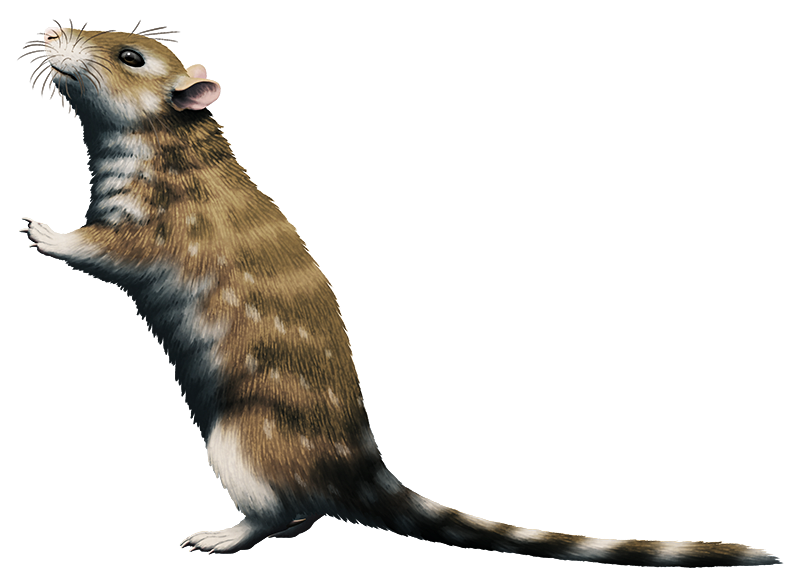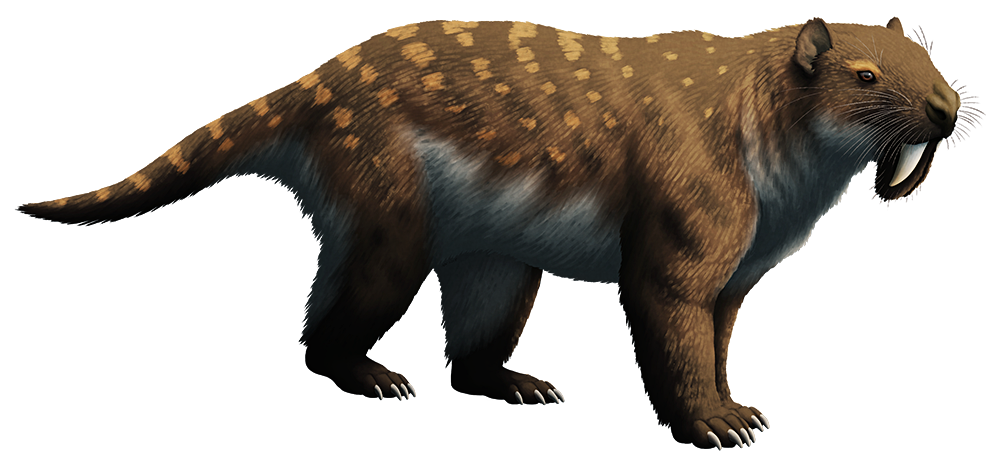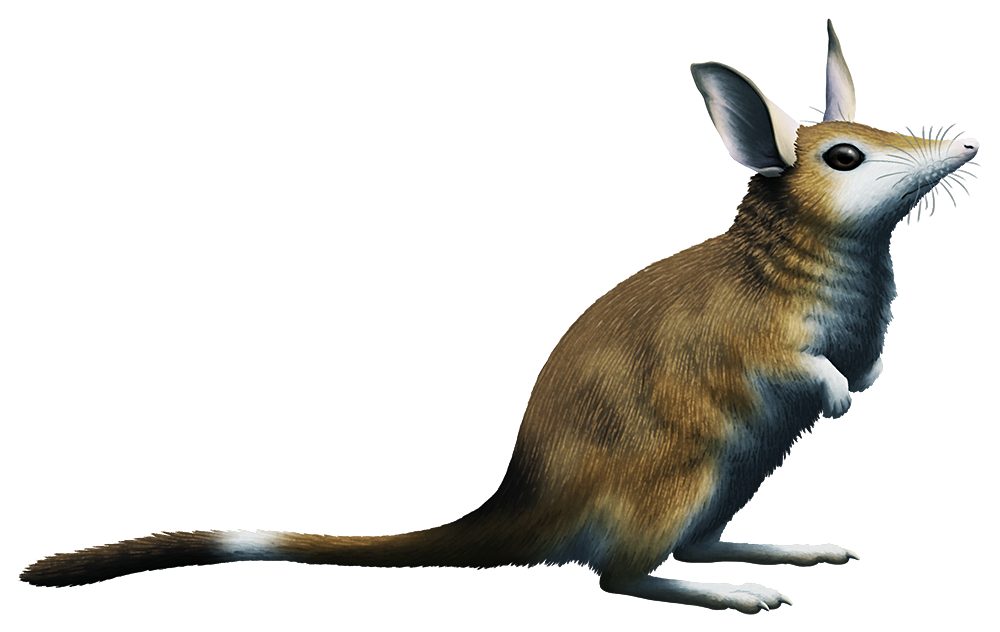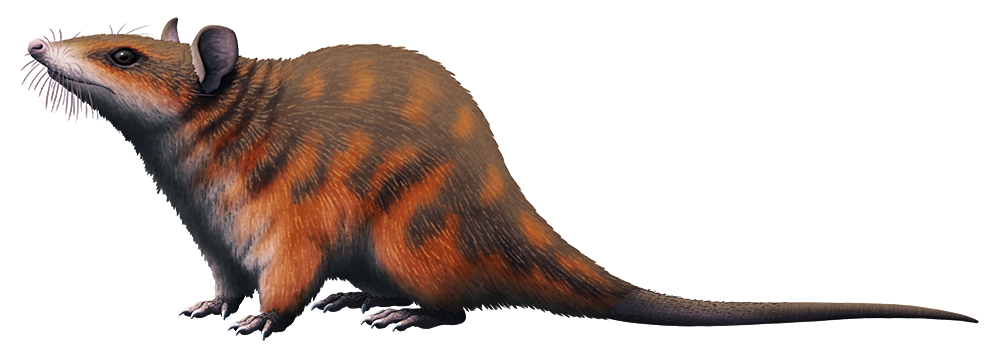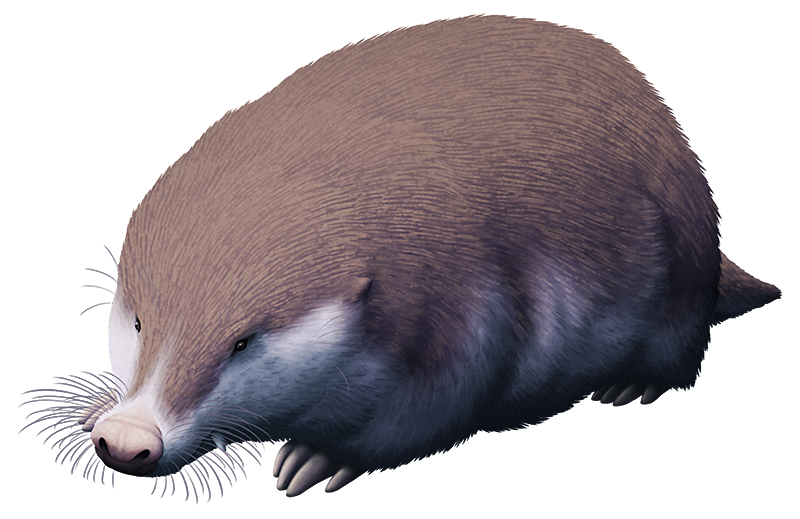The modern solenodons, today found only on the Caribbean/Antillean islands of Cuba and Hispaniola, represent the last living survivors of a very ancient branch of placental mammals. Although they’re part of the eulipotyphlans – the lineage that also contains shrews, moles, and hedgehogs – their last common ancestor with the other members of that group dates back to over 70 million years ago.
And during their early evolutionary history, somewhere between the Late Cretaceous and mid-Eocene (~68-43 mya), the ancestors of the solenodons diverged into two different lineages: the solenodons themselves, and the nesophontids.
Known only from skulls and jumbled partial skeletal remains, nesophontids seem to have been fairly similar to their solenodon cousins. They would have been shrew-like in appearance, varying in total size from 5 to 20cm long (2-8″), with slender flexible snouts that they used to sniff out their small invertebrate prey. They also probably had a venomous bite like the solenodons, since their canine teeth had distinctive grooves for injecting toxic saliva.
Their remains have been found in various islands around the Caribbean, in Cuba, Hispaniola, Puerto Rico, the United States Virgin Islands, and the Cayman Islands. Between six and twelve different species are represented, all in a single genus called Nesophontes (meaning “island murderer”) – and all of the known specimens are actually subfossils from the Holocene, dating to less than 12,000 years old.
These relatively young ages mean that pieces of nesophontid DNA have been successfully recovered from bones within preserved owl pellets, which is how we could confirm their close relationship to solenodons and the dates of their ancestors’ probable divergence. But we have absolutely no idea about the rest of their family history during the entire Cenozoic, such as how and when they originally colonized the Caribbean or whether they had any other extinct relatives in the Americas.
(There is one possible partial specimen from a piece of Dominican amber, dating to the Oligocene or Early Miocene, 29-18 million years ago, but it’s not clear whether it’s a nesophontid, a solenodon, or something else entirely.)
Nesophontes edithae was the only species of nesophontid living in Puerto Rico and the United States Virgin Islands. It was the largest known member of the genus, at least 20cm long (8″), and may have been able to reach such a size due to the absence of competition from solenodons on those particular islands.
Along with its relatives around the Caribbean it seems to have survived frustratingly close to modern times, even existing alongside indigenous humans, with some remains only about 500 years old. But when the islands were colonized by Europeans from the 1490s onwards, the combination of the introduction of invasive Old World rats, new predators like domestic cats and dogs, and extensive deforestation probably killed off the nesophontids very quickly (along with all but two of the solenodon species).
Despite claims of fresh-looking remains in owl pellets and searches for surviving populations, there’s currently no convincing evidence for any living nesophontids, and radiocarbon dating has never found anything younger than 500-600 years old.

